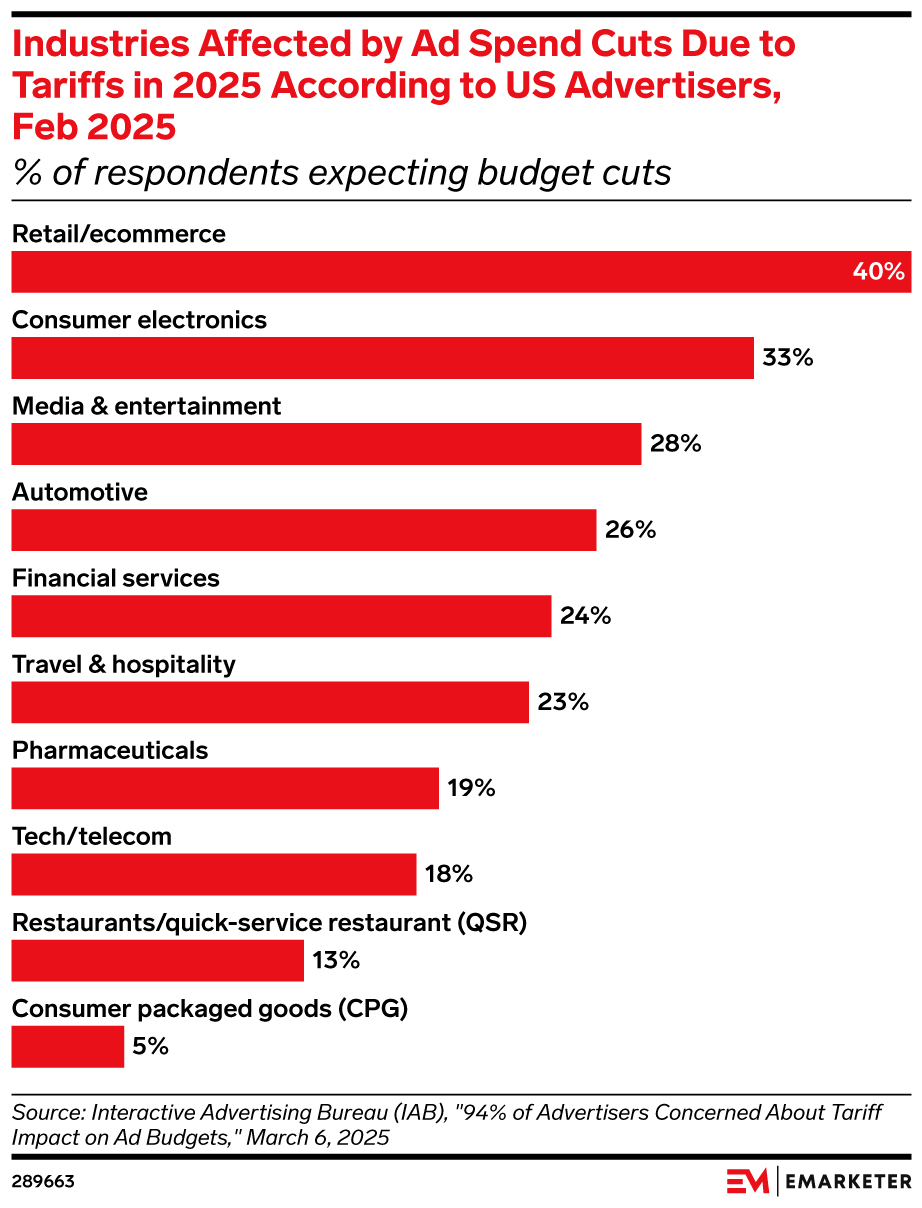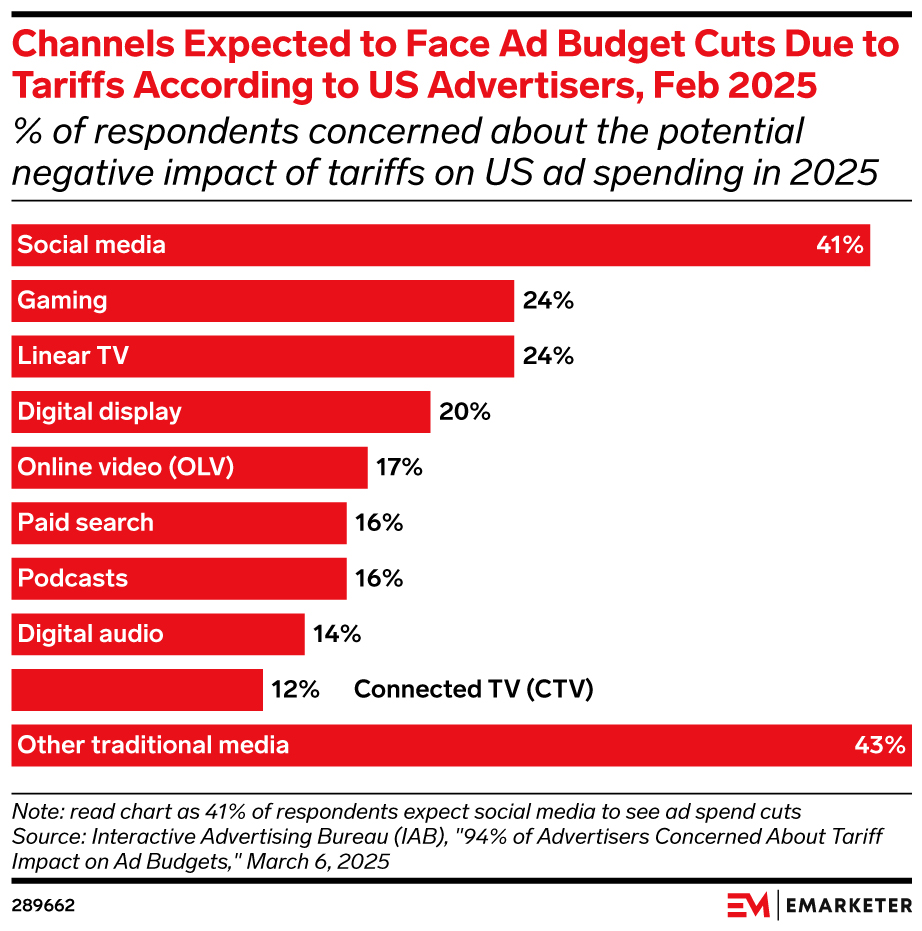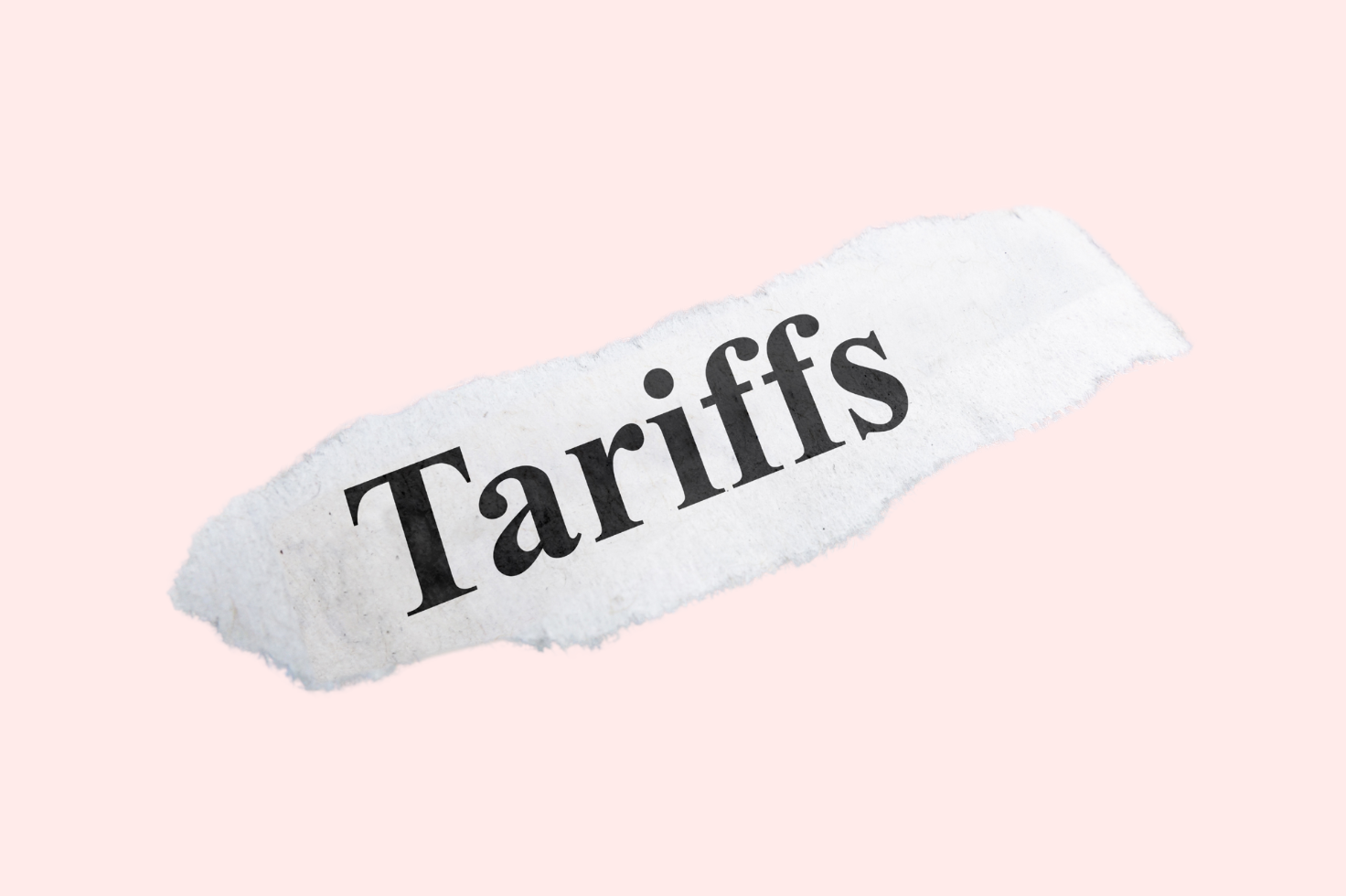Amidst all the events surrounding tariffs, marketers are bracing for their impact on ad spend. Here’s how advertisers can get ahead of the curve.
If you’ve been paying close attention to recent events, you may have heard about one of the biggest topics of conversation: tariffs.
No matter where you are, the issue revolving tariffs has already been affecting the majority of the world’s current operations, from market volatility to supply chain disruptions to emerging trends in consumer behavior.
That said, tariffs have brought a sense of uncertainty. Moreover, it has brought a sense of urgency for advertisers worldwide as they try to adapt to the way consumers are going to respond to the ever-changing tariff announcements and how this affects their ad spend.
Today, we’re breaking down some of the possible trends on how the new tariffs could affect the advertising world, as well as how marketers can respond to these possible changes and brace for the impact of tariffs.
How tariffs are impacting ad spend and the world of marketing
Concerns about budget cuts on ad spend
According to a survey by IAB, about 94% of US advertisers are worried about the tariffs’ impact on ad spending. Moreover, about 60% expect ad budgets will be slashed by 6-10% and about a quarter of those surveyed expect the budget cuts to be even bigger by 11-20%. They also expect those budget contractions to happen peak mid-year, with about 45% of advertisers planning to reduce overall ad spend.
This shouldn’t come as a surprise to many. Perhaps the most common thing that quickly comes to mind for most marketers is that they need to adjust their spending when other expenses are expected to rise. This means cutting costs on things they can control and that includes the advertising dollars they spend.
Because of this, brands are likely going to be more selective about the ad campaigns they choose to run and which channel they decide to run it on. It will also limit advertisers’ abilitities to maintain brand visibility, reach new audiences, or stay competitive in a crowded market. Furthermore, it will also slow down momentum, reduce campaign effectiveness, and ultimately hurt revenue growth down the line.
Long story short: these short-term cuts could ultimately lead to long-term setbacks.
Widespread disruption in advertising across industries
While the impact of tariffs may be a global phenomenon, some industries are expected to be hit by it more than others:

Global advertisers are navigating a more complicated landscape, where regional instability, unpredictable retaliatory actions, and currency fluctuations are all impacting how campaigns are planned and executed.
Business Insider reports that some industry analysts expected Amazon and Meta to suffer because they get a lot of revenue from Chinese advertisers, who could cut spending. Amazon may be in a stronger position than Meta or Google, thanks to its dual role as a marketplace and an ad platform. However, its reliance on third-party sellers—many of whom are based in China—poses a significant risk.
According to analysts, advertisers with ties to China or the broader Asia-Pacific region are likely to delay campaign launches or reallocate budgets in response to ongoing uncertainties.
Media professionals should be prepared for more conservative spending, shorter campaign durations, and stricter approval processes, particularly in global markets and export-sensitive industries. The brands and platforms that thrive in the coming months will be those that stay agile, react quickly, and stay focused on results.
Pivot to different and new channels of advertising
eMarketer reports that social advertising will be one of the channels taking the biggest direct hit from the tariff and regulatory shifts. Other channels, such as in-game advertising are also expected to see one of the biggest declines in ad spend this year.

This means that advertisers are bracing themselves to divert to other channels and expect less return on investment on their campaigns. eMarketer also predicts that performance-driven channels, including retail media, programmatic, and search, are emerging as safer bets in volatile environments, offering real-time flexibility for adjusting budgets while traditional media formats like TV and print are likely to suffer further as marketers pull back on long-term commitments.
As CFOs push for greater agility, marketers are likely to shift focus toward performance-driven channels and put larger brand-building efforts on hold. Campaigns that emphasize demand generation, ROI, and adaptability will likely take priority over high-profile, long-term initiatives.
Shift in strategic focus and goals
According to The New York Times, brands will look for more flexible advertising agreements that let them shift budgets or pause campaigns mid-flight due to the ongoing trade volatility. They also note that digital advertising that allows for quick adjustments and more measurable results will be especially valuable as it helps brands stay cost-efficient.
Channel volatility is going to be expected as the customer journey and path to conversion are evolving. Ad campaigns and channels that used to be reliable are not so reliable anymore, and therefore, the weights and demand for certain channels are going to be shifting as well. Hence, the need for flexibility.
In other words, advertisers are on edge because of the uncertainty and therefore, their goals and strategies will be more defined by reactivity, rather than proactivity. They will look for methods that allow for flexibility in their campaigns as they navigate which option works best for them, on top of any upcoming tariff and regulatory changes.
This ultimately affects marketers’ long-term ad plans. As a result, some brands could potentially adjust their prices and margins or continue to slash their marketing budgets should they decide to stay on track with their KPIs and goals.
Possible ways advertisers can respond to the tariff impact
Now that we’ve laid out some possible effects, it’s important that advertisers pay close attention to these ever-changing behaviors and respond promptly and effectively. Here are some tips on how marketers can get ahead of the curve.
Adjust your messaging and creatives
Consider changing your campaign’s messaging and creatives to adapt to the landscape. Brands will be leveraging their brand origin where it’s applicable, such as Ford and Stellantis ramping up their “Made-in-America” messaging in their new ad campaigns. Highlight value propositions that will not be negatively affected by the tariffs or test creatives and messaging that address consumer price sensitivity.
Keep in mind that authenticity is still key. You must be authentic with your consumers. Test different kinds of messaging and see what resonates with them. In today’s world, customers are more aware and can see right through any marketing ploys and sales tactics. Be approachable and relatable, and address issues and things that actually resonate with the customer.
Understand and monitor consumer trends
It’s not just brands and advertisers that are pivoting to the ongoing tariff trends. Consumers are also reacting and shifting their behaviors. Consider looking into the possibilities and understanding more about how the tariffs are affecting buying behaviors.
There could be expedited buying behavior such that people would stockpile or panic buy items if there’s an anticipated price increase due to the tariffs. If tariffs on certain items and industries have already been imposed, consumers may sit longer in the consideration stage as they try to do more research and check other brands and competitors before making a decision. That means a longer consideration window and turnaround time for people staying on certain stages of the funnel.
Looking more into changing consumer trends can give you key insights and intel on how to adjust your marketing strategy.
Change up your marketing mix
As advertisers continue to test and seek out different options, and behaviors of buyers are shifting, this is the perfect storm and opportunity to switch things up on your marketing mix.
Instead of slashing your budget or making cuts you may be hesitant to do, consider optimizing your media mix and finding the right combination of ad channels and strategies. You might see diminishing returns in channels you haven’t seen or experienced before. On the flipside, you might see incremental performance in newer channels you haven’t invested in.
Consumers may be less prone to impulse buying during this time, so consider launching awareness-driven social campaigns or testing and experimenting on channels where buyers are effectively being targeted. The best approach is to continue investing in channels and staying diversified in channels so that you can consistently have a wide, diverse audience reach.
Focus on what already works
For those who are looking to be more selective and take a conservative approach in their marketing strategy, you can choose to hold steady on your already high-performing channels and prioritize channels that consistently deliver ROI.
One thing to look at is focusing on how to retain and keep your current customers. It’s important to focus and look into customer retention, knowing that turnaround times on stages in the funnel are going to be much longer. Advertisers will likely try to focus on what they can do to get customers back on their site or how to ensure they continue to engage with their brand. This is an opportunity to invest and drive more into organic growth.
Consider looking at the impact and potential of acquiring new customers vs. repeat customers. Examine your segment-level ROAS. Find opportunities where you can move the needle without it costing as much. Look into running campaigns focused on customer retention, or examine email or SMS marketing campaigns. Double down on your SEO and evergreen content. Retention is the lever you can still control.
Final thoughts
The most agile brands aren’t just reacting, they’re also testing in real-time. It’s important to understand your baseline metrics (if possible, look into where you were at pre-tariff) and examine your typical time to convert. If you know your standing pre-tariff, you know exactly how it affects your performance as more tariff impacts happen. Consistently pivot and adjust your strategies and take a holistic approach, from examining your advertising strategies to looking at the shifting consumer behaviors to understanding how the tariffs are impacting industries worldwide.

To see more from illumin and our partners, be sure to follow us on X and LinkedIn where we share interesting news and insights from the worlds of AdTech and advertising.











